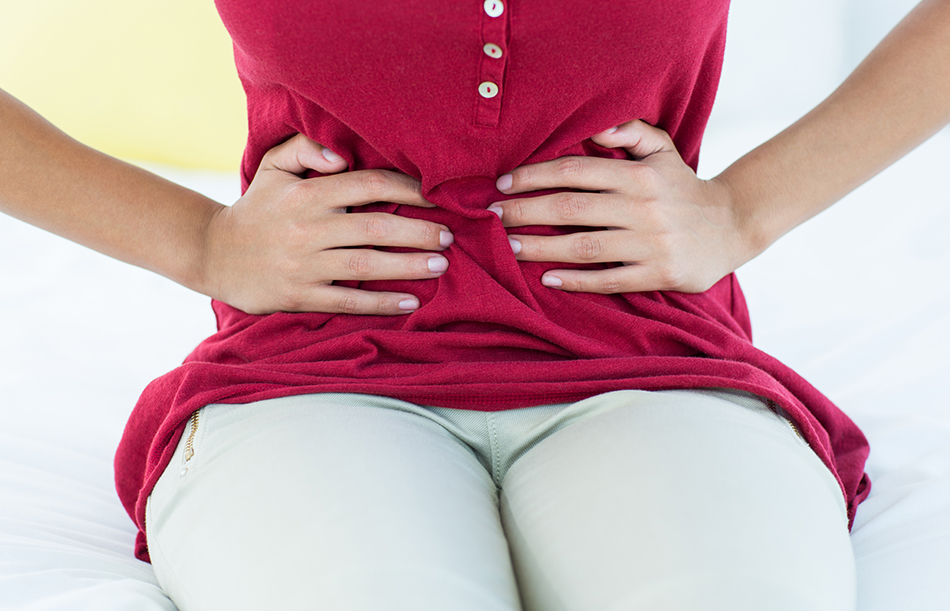
6 Proven Ways To Relieve Pain
Pain, though often times unpleasant, is really the body’s way of telling you that something, somewhere isn’t quite right.
Your nerves send signals to your brain, which your brain translates into sensations of discomfort, of pain.
We need pain to let us know when our bodies need extra care, or which parts need fixing to prevent further injury or even disability.
But sometimes pain can overstay its welcome, affecting day-to-day life, hindering movement, mobility, making life that much harder.
Fortunately, advancements in modern technology and medicine have given us an abundance of options that can help relieve some of that pain.
Here are 6 proven pain-relief techniques you can try, without having to leave the house.
Hot/Cold
A 2014 study published in the Journal of Clinical & Diagnostic Research suggests that hot/cold therapy (accompanied with a pharmalogic treatment) “could relieve pain in patients with acute low back pain.”
87 patients were split into 3 groups at random, with the first group receiving treatment with hot water bag and naproxen, while the second underwent treatment involving ice and naproxen. The third group served as the control group, and was given only naproxen.
After a week’s treatment, researchers found that those who received the hot therapy reported significantly less pain than those in the cold therapy group and the control group.
However, both groups that received hot or cold therapy experienced better pain relief than the control group that was given only naproxen.
Get Moving
Where back pain is concerned, it’s easy to use pain as an excuse for not getting active, but taking to bed more than a day or two may worsen back pain symptoms.
The National Institutes of Health (NIH) recommends that bed rest should be limited, and patients should “begin stretching exercises and resume normal daily activities as soon as possible, while avoiding movements that aggravate pain.”
Findings from a 2016 study suggest that “aerobic exercise increases the blood flow and nutrients to the soft tissues in the back, improving the healing process and reducing stiffness that can result in back pain.”
Avoid weight-bearing exercises, like running or walking, as they can do more harm than good. Try low-impact exercises instead, such as water aerobics, or swimming, which can help flex your joints without added stress.
Mind Over Matter
Meditation and relaxation techniques have been known to help reduce pain, by reducing stress so you can cope better.
In fact, a 2017 study published in the journal Spine found that mindfulness meditation may be effective for treating pain, more so than standard treatments.
As to why mindfulness reduces pain, the answer might lie in another study, one published in the journal PAIN.
According to the study’s author Fadel Zeidan, Ph.D.:
The results from our study showed that mindful individuals are seemingly less caught up in the experience of pain, which was associated with lower pain reports.
Which simply means, the less stressed you are about pain, the less pain you might feel.
Tai Chi
Tai chi is a low-impact, slow-motion, mind-body exercise that gets you moving and focuses your mind away from pain.
Combining breath control, meditation, and movements to stretch and strengthen muscles, the practice dates back thousands of years, and according to Harvard, it can benefit people with osteoarthritis, rheumatoid arthritis, fibromyalgia, tension headache, and other pain-related conditions.
It’s not New Age foo-foo nonsense either; a research trial published in the New England Journal of Medicine found that over the course of 12 weeks, participants suffering from fibromyalgia who practiced tai chi reported less pain, fewer depression symptoms, and better sleep than those who did not.
Biofeedback
Yet another technique that shifts one’s focus away from pain, biofeedback gives some measure of control over how the body reacts to pain.
A biofeedback machine turns physiological data (heart rate, blood pressure, etc.) into visual cues like graphs, or blinking lights, or even animation, which patients can then manipulate through relaxation and breathing techniques.
A 2017 study found that biofeedback treatment “can lead to improvements on various pain-related outcomes in the short and long terms.”
And you won’t even need to make the trip to the doctor’s; the recent rise of smart wearables and health-centric smartphone apps means you can do it all from the comfort of your own home.
Massage
The National Center for Complementary and Integrative Health (NCCIH) recommends massage therapy as one of the ways to help cope with pain.
In fact, a 2013 study showed that massage therapy involving just moderate pressure may reduce pain and even increase grip strength amongst patients suffering from rheumatoid arthritis affecting their arms and shoulders.
However, before you seek out your own massage therapist, keep in mind that while the risk of harmful effects appears to be low, a 2019 NCCIH advisory warns that there have been reported cases involving more vigorous types of massages such as deep tissue massage. Those who may be at increased risk of injury – especially the elderly – may also want to consider other, safer alternatives for pain relief.